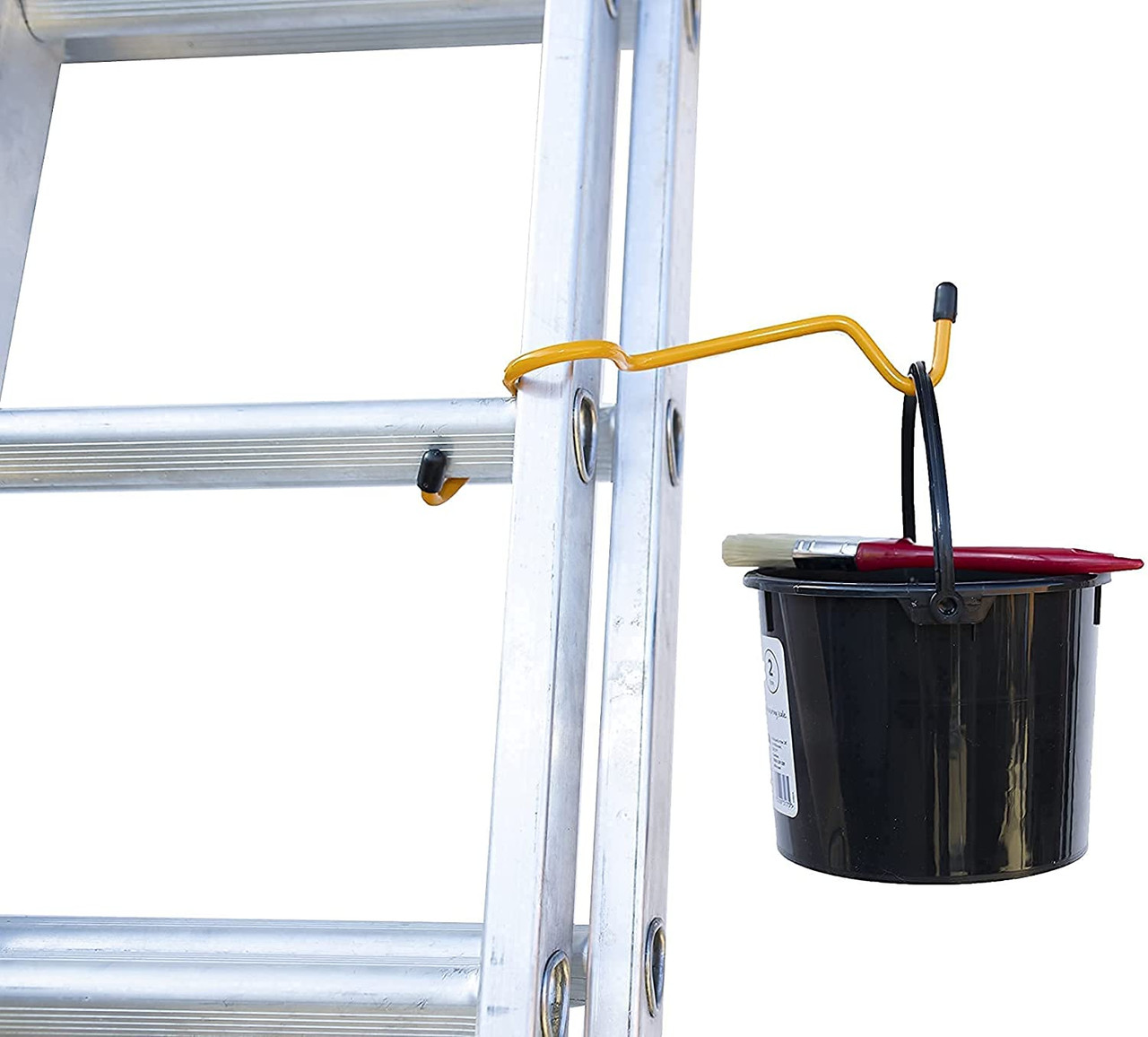

Articles
How To Hold Paint On An Extension Ladder
Modified: December 7, 2023
Learn how to hold paint on an extension ladder with our informative articles. Get expert tips and tricks for a smooth and safe painting experience.
(Many of the links in this article redirect to a specific reviewed product. Your purchase of these products through affiliate links helps to generate commission for Storables.com, at no extra cost. Learn more)
Introduction
Welcome to the world of DIY painting! Whether you are a homeowner ready to spruce up your exterior or a professional painter, knowing how to hold paint on an extension ladder is a valuable skill. Painting an extension ladder not only enhances its appearance but also provides an added layer of protection against rust and corrosion. In this article, we will guide you through the process of safely and effectively painting your extension ladder.
Before we dive into the details, it’s essential to emphasize the importance of safety when working with ladders. Always follow the manufacturer’s instructions and adhere to proper ladder safety practices. Additionally, take into consideration your specific working environment, weather conditions, and personal physical limitations. Now, let’s get started on the journey of transforming your extension ladder into a vibrant and durable masterpiece!
Key Takeaways:
- Safety is paramount when painting an extension ladder. Prioritize stability, protective gear, and weather awareness to prevent accidents and ensure a successful and secure painting process.
- Choosing the right ladder, paint, and tools is crucial for a professional-looking finish. Prioritize stability, material, and quality to transform your extension ladder into a durable and visually appealing masterpiece.
Read more: How Much Weight Can A Ladder Hold
Safety Precautions
When it comes to any DIY project, safety should always be your top priority. Before you begin painting your extension ladder, take the following safety precautions:
- Choose a stable location: Set up your ladder on a level and secure surface. Avoid slippery or uneven terrain that could cause the ladder to wobble or tip over.
- Inspect the ladder: Carefully examine your extension ladder for any signs of damage, such as cracks, loose rungs, or bent parts. If you notice any issues, repair or replace the ladder before starting the painting process.
- Use proper protective gear: Wear safety goggles to shield your eyes from paint splatters and gloves to protect your hands. Additionally, consider using a dust mask to prevent inhaling paint particles or fumes.
- Secure the ladder: Ensure that the ladder is properly stabilized before climbing. Use ladder stabilizers or standoff brackets to increase stability and prevent the ladder from leaning against delicate surfaces or windows.
- Keep a firm grip: Maintain a secure and stable grip on the ladder’s rungs to support your weight. Avoid leaning too far to either side, as this can cause the ladder to become unbalanced.
- Stay weather-aware: If you’re working outdoors, check the weather forecast before painting. Avoid painting in extremely windy or rainy conditions, as this can affect your balance and compromise the quality of the paint job.
- Have a spotter: If possible, have someone on the ground who can assist you during the painting process. They can help stabilize the ladder, hand you tools and supplies, and provide an extra set of eyes for safety.
- Take breaks: Painting can be a physically demanding task, especially when working on a ladder. Take regular breaks to rest and prevent fatigue, which can impair your balance and coordination.
By following these safety precautions, you can create a secure and hazard-free environment for painting your extension ladder. Remember, it’s always better to take your time and prioritize safety than to rush through the process and risk injury.
Choosing the Right Extension Ladder
Before you start painting your extension ladder, it’s crucial to ensure that you have the right ladder for the job. Here are a few factors to consider when choosing the right extension ladder:
- Size and height: Determine the height you need to reach when using the ladder. Extension ladders are available in various sizes, typically ranging from 16 to 40 feet in length. Select a ladder that extends beyond the height required, providing a safe and stable platform for painting.
- Weight capacity: Take note of the ladder’s weight capacity, which refers to the maximum weight it can safely support. Account for your body weight, along with the weight of the tools and paint containers you’ll be carrying while on the ladder.
- Ladder material: Extension ladders are commonly made from aluminum or fiberglass. Aluminum ladders are lightweight and ideal for most painting projects. Fiberglass ladders, on the other hand, offer better insulation and are a safer choice when working near power lines or electrical sources.
- Stability features: Look for ladders with sturdy rungs and secure locking mechanisms. Consider ladders with anti-slip feet to prevent the ladder from shifting while in use. Additionally, ladder stabilizers or standoff brackets can provide added stability when painting at height.
- Portability and storage: If you plan on moving your ladder frequently or have limited storage space, consider a ladder that is lightweight and easy to fold or collapse.
By carefully considering these factors, you can choose an extension ladder that suits your specific painting needs. Remember to always double-check the ladder’s specifications and ensure that it meets safety standards before purchasing.
Selecting the Appropriate Paint and Tools
Choosing the right paint and tools is crucial to achieving a successful and long-lasting paint job on your extension ladder. Here are some considerations when selecting the paint and tools:
- Paint type: Opt for a high-quality exterior paint that is designed to withstand outdoor elements. Look for a paint that is specifically formulated for metal surfaces to ensure maximum adhesion and durability.
- Finish: Consider the desired finish of your ladder. Glossy finishes provide a smooth and reflective surface, while matte finishes offer a more subdued look. Select a finish that complements the overall aesthetic of your ladder and the surrounding environment.
- Color: Choose a color that suits your personal preference or matches the existing color scheme of your property. Keep in mind that darker colors may absorb more heat, which could affect the longevity of the paint job.
- Brushes and rollers: Use high-quality brushes and rollers designed for use with metal surfaces. Synthetic bristle brushes or foam rollers work well for applying paint smoothly and evenly. Consider the size of the ladder and choose brushes and rollers that are appropriate for the surface area you’ll be painting.
- Paint tray and liners: Utilize a paint tray to hold the paint and make it easily accessible. Consider using disposable liners for easy cleanup and to prevent contamination of the paint.
- Drop cloths and masking tape: Protect the surrounding area by laying drop cloths or plastic sheets to catch any paint drips or spills. Use masking tape to cover any areas of the ladder that you don’t want to paint, such as hinges or rubber grips.
- Cleaning supplies: Have a supply of clean rags or paper towels on hand to quickly wipe up any accidental paint drips or smudges. Additionally, keep a bucket of soapy water nearby for cleaning brushes and rollers between coats.
- Ladder attachments: Consider using ladder attachments, such as ladder hooks or paint trays specifically designed for extension ladders, to provide a stable platform for holding paint cans or tools while working.
By selecting the right paint and tools, you can ensure a smooth and professional-looking paint job on your extension ladder. Remember to properly clean and maintain your brushes and rollers for future use, and store any leftover paint in a cool and dry place.
When using an extension ladder for painting, consider using a ladder hook or paint pail shelf to securely hold your paint can or bucket. This will free up your hands and prevent spills while working at heights.
Preparing the Ladder for Painting
Before you can start painting your extension ladder, it’s essential to properly prepare the surface for optimal paint adhesion and longevity. Follow these steps to prepare your ladder:
- Clean the ladder: Remove any dirt, dust, or debris from the ladder’s surface using a brush or damp cloth. If there is excessive grease or grime, consider using a mild detergent or degreaser to clean the ladder thoroughly. Rinse the ladder with clean water and allow it to dry completely.
- Scuff or sand the surface: If the ladder has a smooth or glossy finish, lightly scuff the surface with fine-grit sandpaper to create a rough texture. This will help the paint adhere better. Be cautious not to sand too aggressively and damage the ladder’s structural integrity.
- Repair any damage: Inspect the ladder for any cracks, dents, or rust spots. Repair any damage with an appropriate filler or patching compound. For rusted areas, use a wire brush or sandpaper to remove the rust before applying a rust-inhibiting primer.
- Mask off any areas: Use masking tape or painter’s tape to cover any areas of the ladder that you do not want to paint, such as rubber grips or safety labels. Take your time to ensure a clean and precise masking job.
- Apply a primer: If your ladder is made of metal or has a bare surface, it is recommended to apply a primer before painting. Choose a primer that is compatible with the paint you will be using and follow the manufacturer’s instructions for application.
Properly preparing your ladder before painting is essential to ensure a smooth and long-lasting paint job. By following these steps, you create an ideal surface for the paint to adhere to, resulting in a more professional and durable finish.
Read more: How To Use A Ladder To Paint A Stairwell
Applying Paint onto the Ladder
Now that your extension ladder is prepared, it’s time to apply the paint. Follow these steps to ensure a smooth and even application:
- Start from the top: Begin painting from the top of the ladder and work your way down. This prevents dripping paint from falling onto already painted areas.
- Use long, even strokes: Dip your brush or roller into the paint tray and remove any excess paint. Apply the paint onto the ladder using long, smooth strokes. This helps to distribute the paint evenly and avoid any streaks or clumps.
- Work in small sections: Paint one section at a time, moving methodically across the ladder. This ensures that the paint is applied evenly and dries uniformly.
- Overlap strokes: When painting adjacent sections, slightly overlap your strokes to create a seamless finish. This technique helps to blend the paint and eliminate any visible edges or lines.
- Pay attention to detail: Take care when painting intricate areas such as rungs, hinges, or rubber grips. Use a smaller brush or foam brush to reach these areas and ensure full coverage.
- Apply multiple coats: Depending on the color and desired opacity, you may need to apply multiple coats of paint. Allow each coat to dry before applying the next. Follow the manufacturer’s instructions for recommended drying times.
- Inspect for any missed spots: After painting, take a step back and carefully inspect the ladder for any missed spots or uneven coverage. Touch up any areas as needed to achieve a consistent and professional look.
Be patient and take your time with the painting process. Rushing or applying too much paint at once can lead to dripping, uneven coverage, or paint runs. By following these steps and techniques, you can achieve a beautiful and long-lasting paint job on your extension ladder.
Maintaining the Painted Ladder
Once you have successfully painted your extension ladder, it’s important to properly maintain the painted surface to ensure its longevity and appearance. Here are some maintenance tips to keep your painted ladder in excellent condition:
- Clean regularly: Regularly clean your ladder to remove dirt, dust, and other debris that can accumulate on the painted surface. Use a mild detergent and water solution to gently scrub the ladder, then rinse with clean water and allow it to dry completely.
- Inspect for damage: Periodically inspect the painted surface for any signs of chipping, peeling, or cracks. Repair any damage promptly by sanding, priming, and repainting those areas to prevent further deterioration.
- Protect against harsh weather: If your ladder is exposed to the elements, consider applying a clear protective sealant or topcoat specifically designed for metal surfaces. This can help prolong the life of the paint by providing an additional layer of protection against UV rays, moisture, and harsh weather conditions.
- Avoid harsh chemicals: Refrain from using abrasive cleaners or harsh chemicals on the painted surface, as these can cause damage or discoloration. Instead, opt for gentle cleaning solutions and soft brushes or cloths when necessary.
- Store properly: If you need to store your ladder for an extended period, ensure that it is kept in a dry and well-ventilated area. Avoid placing heavy objects on top of the ladder, as this can cause the paint to chip or flatten.
- Touch up as needed: Over time, the painted surface may experience wear and tear. Keep some extra paint on hand to touch up any areas that may chip or fade. Clean the affected area, remove any loose or chipped paint, and carefully apply a thin coat of paint to blend seamlessly.
By following these maintenance practices, you can extend the life of your painted ladder and enjoy its vibrant appearance for years to come. Regular care and touch-ups ensure that your ladder remains safe, functional, and visually appealing.
Conclusion
Congratulations on successfully learning how to hold paint on an extension ladder! By following the proper safety precautions, choosing the right ladder and materials, and effectively preparing and painting the surface, you have transformed your ladder into a beautiful and durable piece of equipment. But it doesn’t stop there. Remember to maintain your painted ladder regularly to keep it looking its best.
Always prioritize safety when working with ladders, ensuring stability, using proper protective gear, and being aware of your surroundings. This will help prevent accidents and injuries while giving you peace of mind during your painting process.
When it comes to choosing the right extension ladder, consider factors such as size, weight capacity, material, and stability features. Selecting the appropriate ladder will make your painting experience much safer and more enjoyable.
And of course, selecting the right paint and tools is essential for achieving a professional-looking finish. Choose high-quality paint designed for exterior metal surfaces and use brushes and rollers suitable for the task. Take your time, work methodically, and apply multiple coats if necessary to achieve your desired results.
Don’t forget to properly prepare your ladder by cleaning, sanding, and repairing any damage before applying the paint. This will ensure better adhesion and a longer-lasting finish. And once your ladder is painted, keep it clean, inspect for damage, and touch up as needed to maintain its appearance and functionality.
By following these steps and maintaining your painted ladder, you can enjoy not only a more aesthetically pleasing ladder but also a ladder that is protected against rust and corrosion, providing you with reliable and safe use for years to come. So, grab your paint and brushes, and get ready to transform your extension ladder into a stunning work of art!
Frequently Asked Questions about How To Hold Paint On An Extension Ladder
Was this page helpful?
At Storables.com, we guarantee accurate and reliable information. Our content, validated by Expert Board Contributors, is crafted following stringent Editorial Policies. We're committed to providing you with well-researched, expert-backed insights for all your informational needs.
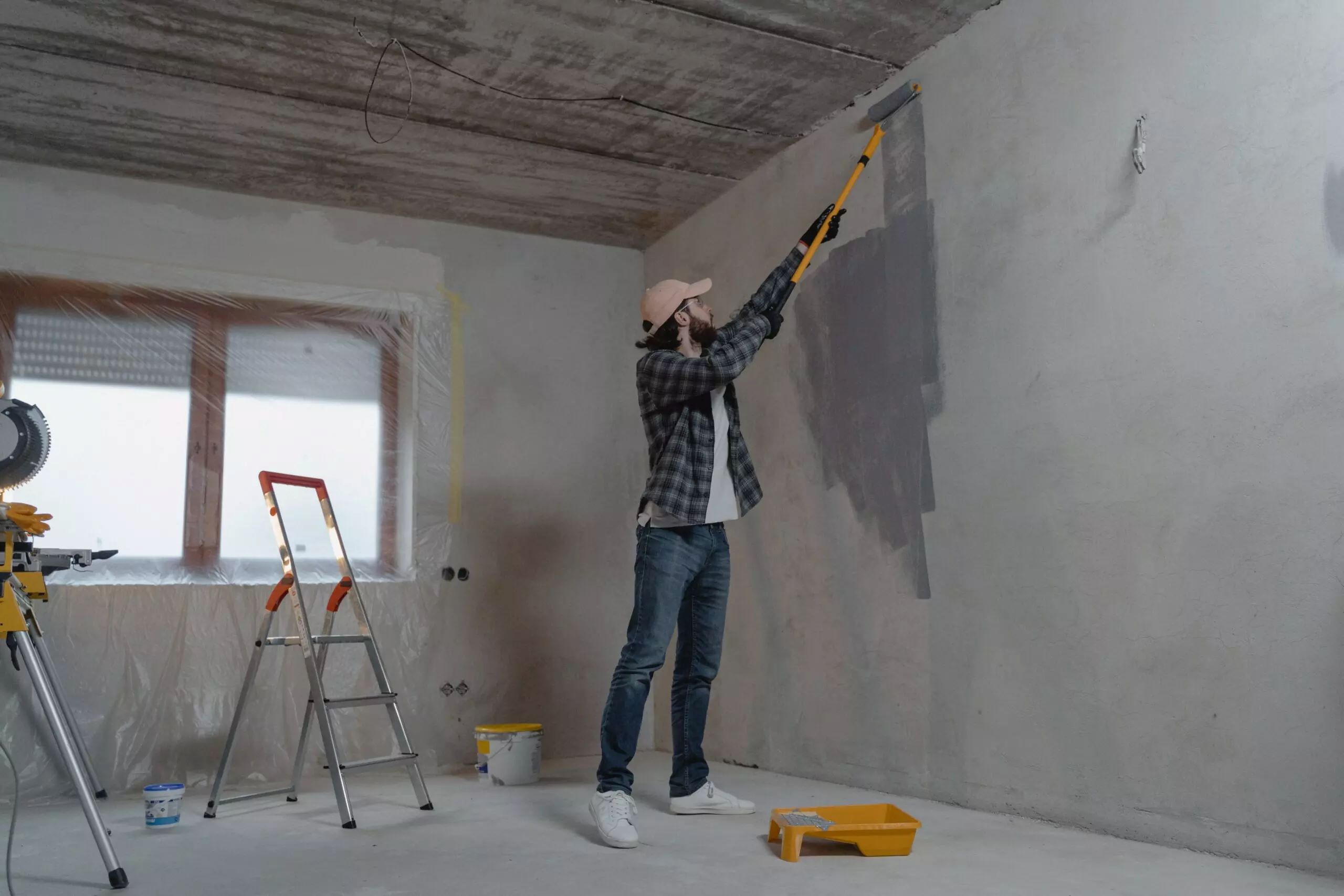
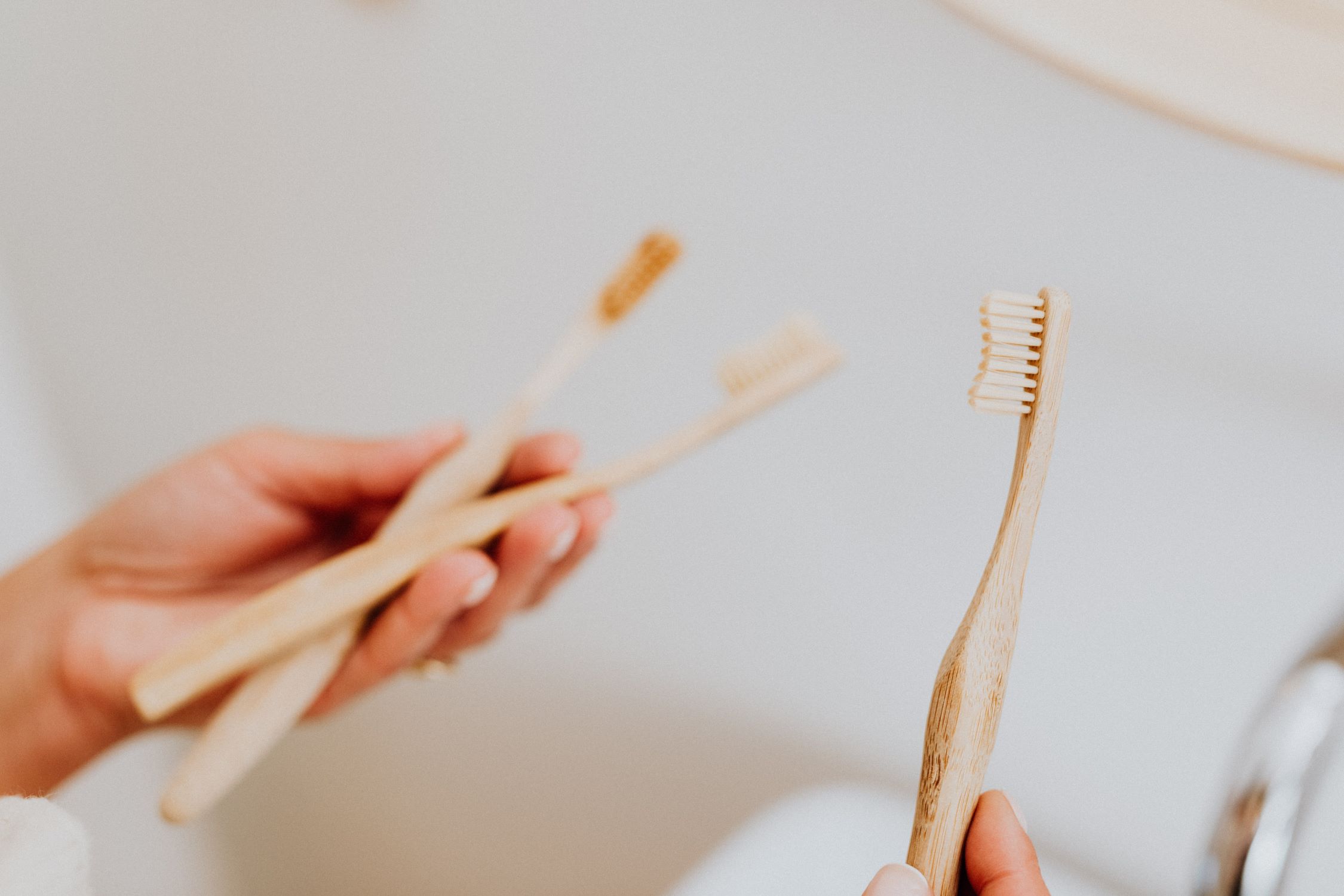







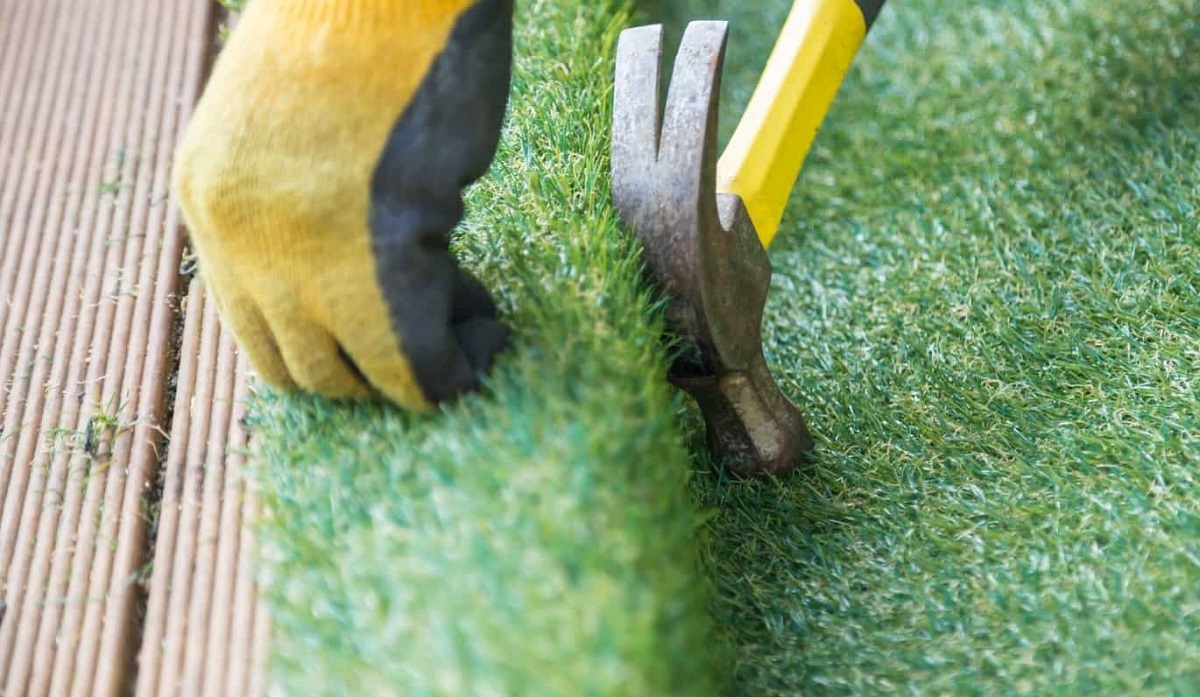

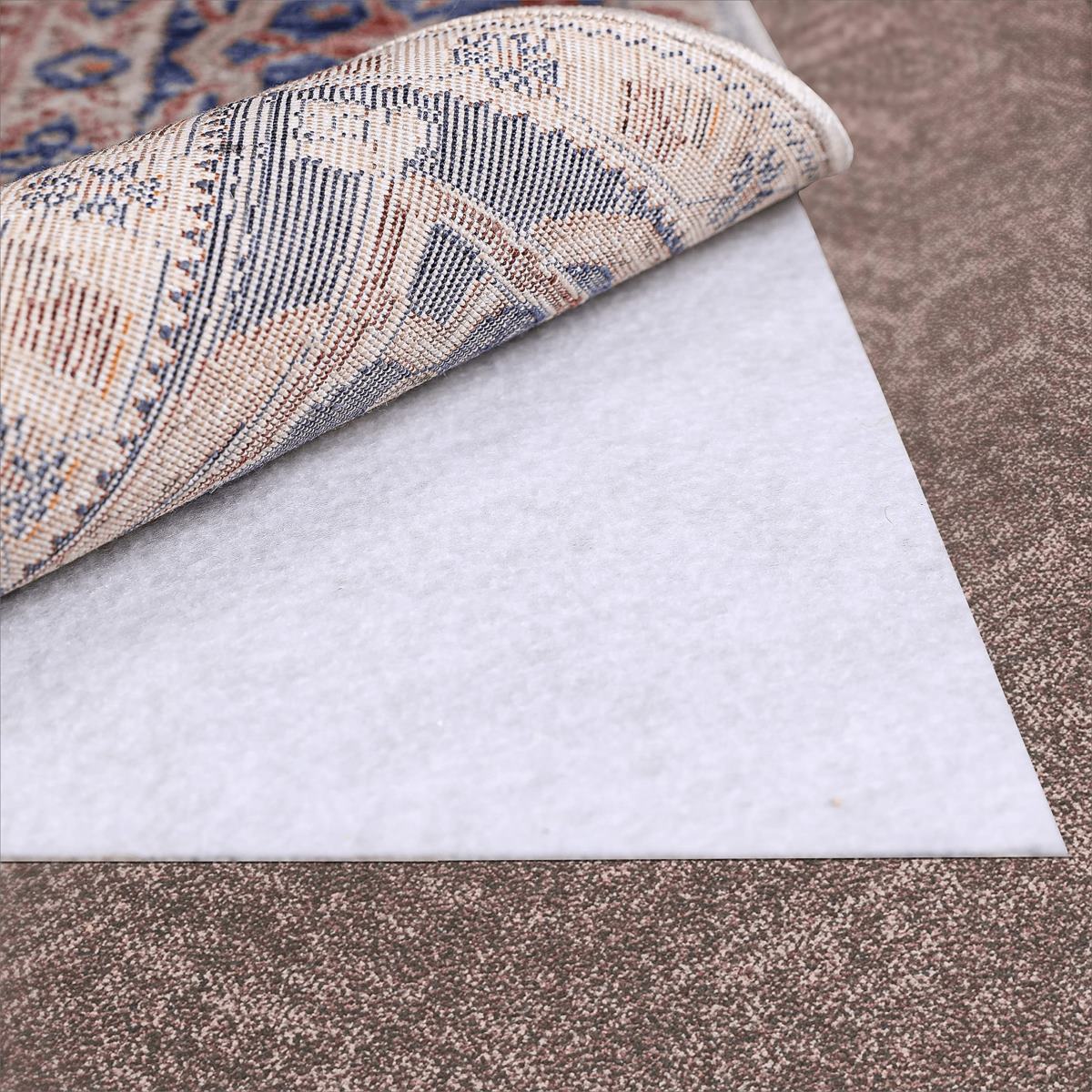

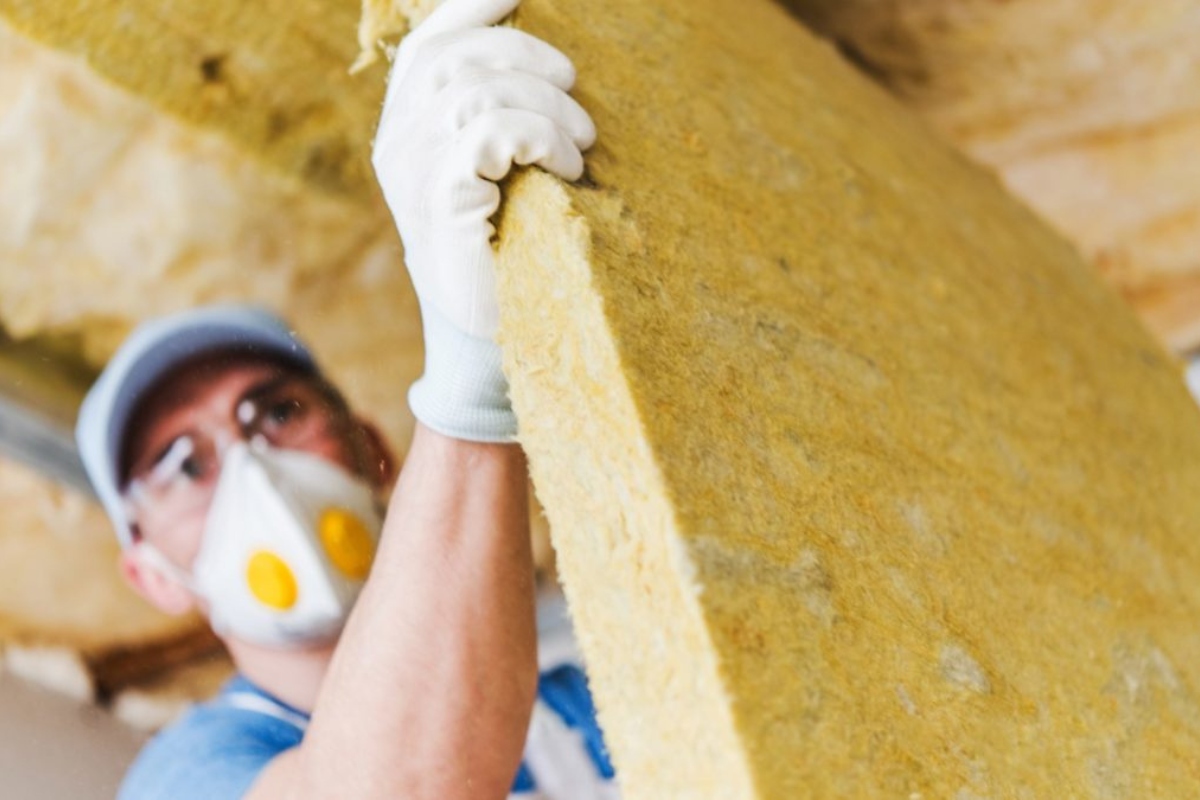

0 thoughts on “How To Hold Paint On An Extension Ladder”